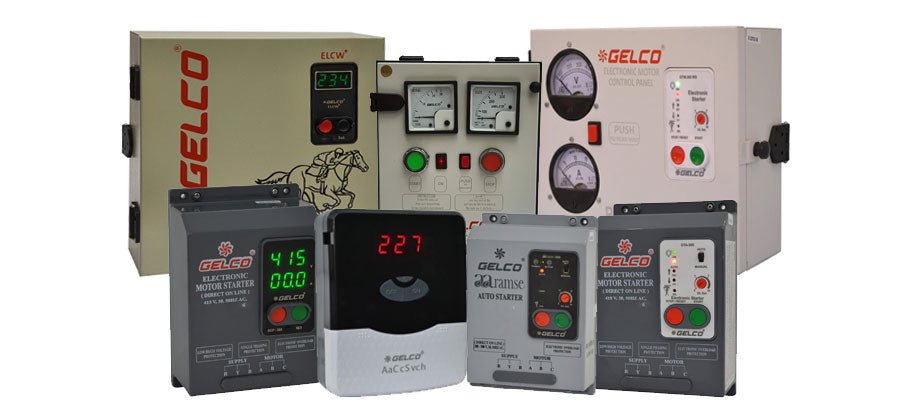Components of a Control Panel
The previous blogs have given us a fair understanding of a control panel, its layout and structure. Let's proceed further and understand what are the important components of a control panel. The control panel is structured with various components with each component serving a specific function carried out by the panel. Largely a control panel consists of:
Enclosures
An enclosure is a metal box, usually made of aluminium or stainless steel that serves to be the body of the control panel. They come with a UL safety rating (508A is typical) an IP rating, and/or a NEMA classification. Safety ratings are important to ensure substantial protection in its installed environment. An ideal design should be able to withstand impact, vibration, heat, dust, liquids and corrosive chemicals. Various classifications such as indoor/outdoor use, water resistance, dust/solid contaminants proofing, hazardous conditions rating or explosion-proof rating should be printed on a metal plate and attached to the enclosure for easy identification and reference.
Back Panel
The metal sheet is installed within the enclosure to provide secure mounting of the inner components. It provides structural support for DIN rail mounting and wiring ducts, restricting the movement of the devices and allowing them to remain in the correct position inside the enclosure.
Circuit breaker
All electric currents passing to the control panel, pass through the circuit breaker. It is like a disconnecting device that disconnects the main electrical panel.
Power Distribution Systems
A major task of the control panel is to limit the switches and other sensing devices. A typical arrangement is followed to evenly distribute the incoming power across the various components of the control panel. Motors and other essential components will be supplied at mains voltage, typically 400-volt, three-phase 50 Hz. For three-phase motor circuits, it is unlikely that the neutral of the supply would be distributed.
Other important components are:
- Surge arresters: Protects the electrical components inside the panel from damage caused by overvoltage due to lightning strikes or utility power surges.
- Transformers: Manages the incoming volatage by reducing it to the required point.
- Terminal Blocks: Organizes and distributes the array of wires coming from various sources to different electrical devices.
- Programmable Logic Controller (PLC): Considered to be the brain of the control panel like a CPU to a computer. It monitors and controls the various mechanical functions of the control panel.
- Relays & Contactors: These are the on/off switches that manage the functionality based on the commands from the PLC. Smaller relays control functions like lights and fans. Larger relays are called contacts that control more advanced functions like motors.
- Network Switches: Acting as the com munition hub in a control panel, they facilitate communication between the PLC and the other network-compatible devices on the production line.
- Human Machine Interface (HMF): Components such as switches, joystick, buttons, keyboards etc that help the human operate or manage the various functions of the machinery.
As we gain a better understanding of the control panel, it is very important to understand the quality of each component. Always procure a control panel or its components from a trusted brand like Gelco Electronics which has been serving the market for a long and has a specialised team to ensure quality maintenance.















